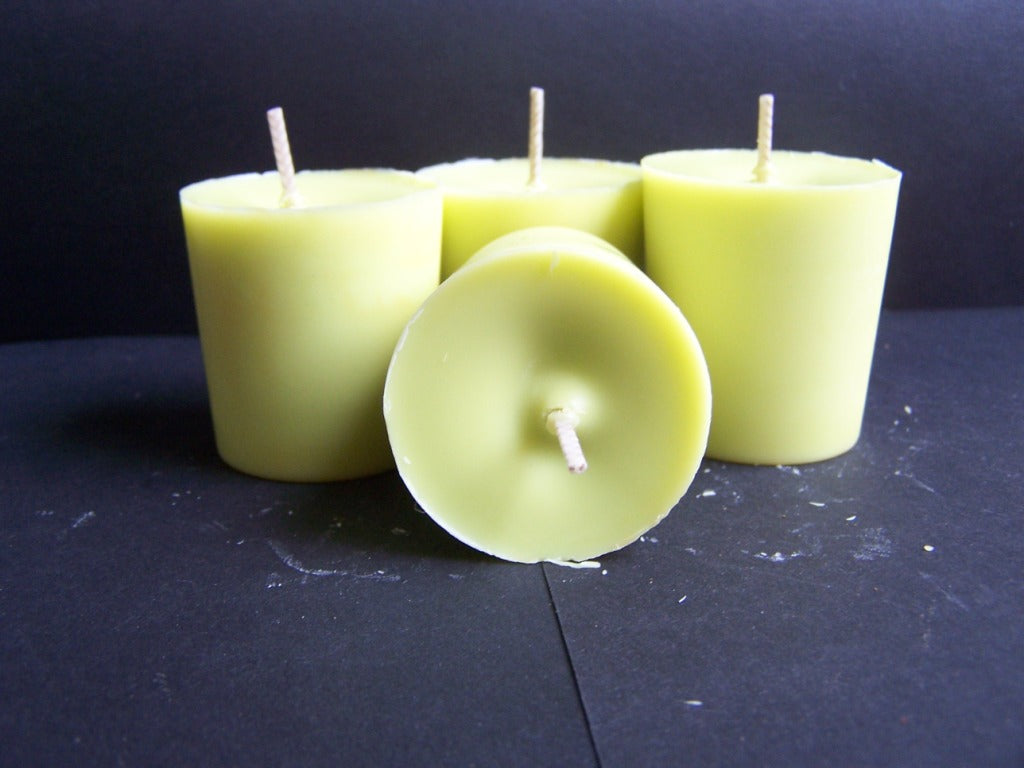Raise Your Area with Premium Soy Wax Candles and Home Fragrance
Raise Your Area with Premium Soy Wax Candles and Home Fragrance
Blog Article
From Wick to Wax: Recognizing the Chemistry Behind Soy Wax Candles and Their Environmental Effect
As we illuminate our rooms with the warm glow of candle lights, there exists a realm of elaborate chemistry behind the apparently straightforward act of lighting a soy wax candle. The choice in between soy and paraffin wax prolongs beyond plain aesthetic appeals, delving right into the world of environmental influence and the extremely composition of the materials. Recognizing the molecular framework of soy wax and its combustion procedure clarifies the exhausts released into our surroundings. Join us as we unwind the clinical complexities behind soy wax candles and discover their implications on our atmosphere.
Soy Wax Vs. Paraffin Wax
When comparing soy wax and paraffin wax for candle light making, it is important to recognize the distinct characteristics and benefits of each material. Soy wax is an all-natural, eco-friendly source originated from soybean oil, making it eco-friendly and biodegradable - home fragrance. On the other hand, paraffin wax is a by-product of petroleum refining, which increases problems about its environmental impact and sustainability
Soy wax candles melt cleaner and discharge much less residue contrasted to paraffin wax candles, making them a much healthier option for indoor air quality. In addition, soy wax has a lower melting factor, permitting a longer-lasting candle light that disperses fragrance better. Paraffin wax, on the various other hand, often tends to shed faster and less cleanly, possibly releasing hazardous chemicals into the air.
From a sustainability perspective, soy wax is favored for its biodegradability and renewable sourcing, aligning with the growing consumer choice for environmentally conscious products. While paraffin wax has actually been a traditional selection in candle light making as a result of its affordability and ease of usage, the change towards environment-friendly alternatives like soy wax is acquiring momentum in the industry.
Chemical Make-up of Soy Wax

Combustion Process in Soy Candles
The chemical composition of soy wax straight influences the combustion procedure in soy candles, affecting variables such as burn time, aroma launch, and environmental influence. When a soy candle light is lit, the warm from the flame thaws the wax near the wick.
The combustion performance of soy candle lights is influenced by the purity of the check this site out soy wax and the top quality of the wick. A clean-burning soy candle with a correctly sized wick will minimize and generate a stable fire soot development. This not just prolongs the melt time of the candle however also enhances the release of scents. Furthermore, soy wax candle lights have a lower environmental effect contrasted to paraffin candles due to their renewable and eco-friendly nature.

Environmental Advantages of Soy Wax

Taken into consideration a sustainable choice to traditional paraffin wax, soy wax offers remarkable environmental advantages that make it a popular option among eco-conscious customers. Soy wax burns cleaner and produces less residue than paraffin wax, adding to much better interior air quality and lowering the need for cleaning and upkeep. In general, the ecological benefits of soy wax line up with the growing need for environmentally friendly and lasting items in the market.
Recycling and Disposal Considerations
Reusing and appropriate disposal of soy wax candles play a critical duty in maintaining environmental sustainability and minimizing waste in families and communities. When it comes to reusing soy wax candle lights, the initial action is to make certain that the candle light has melted totally.

In regards to disposal, if recycling is not an alternative, soy wax candle lights are naturally degradable and can be safely disposed of in most household waste systems. It is always recommended to examine with regional recycling centers or waste management solutions for certain guidelines on candle light disposal to make sure correct handling and ecological security.
Conclusion
To conclude, more helpful hints the chemistry behind soy wax candles reveals their environmental benefits over paraffin wax candles. Soy wax, acquired from soybean oil, burns cleaner and creates much less soot when compared to paraffin wax. The combustion procedure in soy candles is a lot more effective, resulting in a much longer and extra even melt. Additionally, soy wax is eco-friendly and eco-friendly, making it a more lasting choice for candle manufacturing. Reusing and correct disposal of soy wax candles better add to their environmental impact.
When comparing soy wax and paraffin wax for candle light making, it is crucial to comprehend the distinctive attributes and advantages of each product (crystal soy candles).Soy wax candles burn cleaner and release less soot compared to paraffin wax candles, making them a much healthier selection for indoor air high quality.Taken into consideration a sustainable alternative to standard paraffin wax, soy wax supplies noteworthy ecological advantages that make it a preferred selection amongst eco-conscious consumers. Soy wax burns cleaner and creates much less residue than paraffin wax, adding to far better indoor air high quality and minimizing the demand for cleansing and upkeep.In conclusion, the chemistry behind soy wax candles exposes their ecological benefits over paraffin wax candles
Report this page